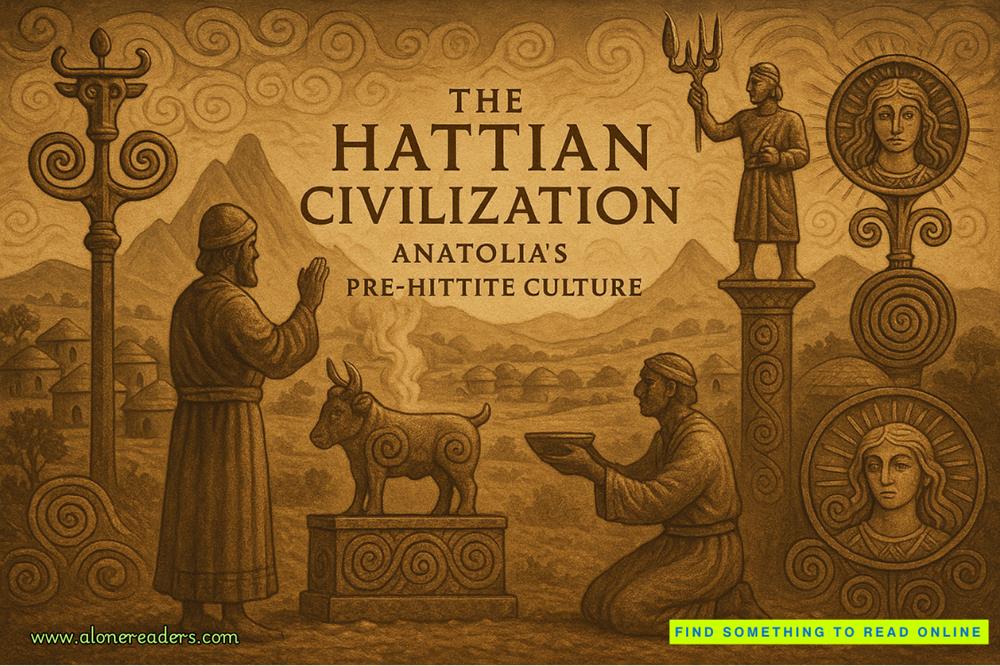“Yeah, right,” I heard Boatman taunting as he slithered down the other rope. “You proved your badassedness in Baton Rouge, didn’t you? How many times did you hurl at that scene? Four? Or was it five?”
“I told you, man, that was food poisoning from the night before. Toxic gumbo. Tainted crawdads. A lesser man—you, for instance—woulda keeled over and died.”
“Yeah,” mocked Boatman. “You just keep on telling yourself that, Mr. Badass.”
I WAS THE LAST TO RAPPEL DOWN. IF ANY SNAKES remained nearby, they were doing a good job of hiding. As I unclipped, though, I changed my assessment: If any snakes were in the immediate vicinity, they were thoroughly cooked. The earth was scorched, and heat continued to radiate from the rocks.
Unclipping from the rope, I stepped back and studied the rock face I had just descended. Some thirty feet high by fifty feet wide, it was unremarkable, at least geologically: merely the upper terminus of a long valley; a vertical transition up to the mountain’s ridgeline. In human terms, though, it was momentous: the rocky hand of death, smashing Richard Janus’s hurtling aircraft as effortlessly and heedlessly as I might reflexively crush a gnat in midair.
Head high above the base of the bluff was a shallow crater, rough and raw, six or eight feet in diameter, with additional fracture lines radiating beyond the edges of the depression. Mangled debris was piled almost as high as the crater’s center, and it sprawled outward to either side in approximately equal measures. “Must’ve impacted right there,” I said to Kimball and Boatman.
“Sure looks like it,” Kimball agreed. He shook his head. “Man. A hundred feet higher, he’d’ve cleared it. A flick of the wrist—that’s all it would’ve taken.” He scanned the debris scattered behind and to the sides, then turned to Boatman. “So, Boat-Man. I’m thinking we ought to set the station off to one side, so we’re not standing right on ground zero.” He pointed to a narrow shelf of rock at one edge of the draw, just outside the zone of destruction. “How about that flat spot?”
Boatman studied the shelf. “Works for me,” he said. “Gives us a clear view of the whole debris field, far as I can tell. Also a line of sight to those trees”—he pointed at a swath of broken branches a short ways down the valley. “Looks like the wings clipped ’em on the way in.” He hoisted one of the gear cases and started across the slope to the shelf. I snagged the tripod case and began following him.
“Hang on, Doc,” Kimball called after me.
“Might as well make myself useful,” I said, trudging on. “I hate just standing around. Besides, I want to look over your partner’s shoulder while he sets that thing up.”
Kimball caught up just as I reached the rock shelf. He took the tripod case from me and set it down carefully. Unlatching it, he lifted out the tripod, extended and unfolded the legs, and set it on the flattest spot, then made a few adjustments to level it. Then, reaching into the case again, he removed a telescoping rod marked with twelve-inch bands of red and white, one end topped by a jewel-like prism. “You made off with my piece of the gear, Doc,” he squawked good-naturedly, waving the rod like a scepter.
“Oh. Sorry. No wonder you were trying to stop me. I thought you were just afraid I would break something.”
“That too.” He grinned, then turned and headed across the draw, toward the broken branches that marked the beginning of the end of the Citation’s flight.
Boatman, meanwhile, had opened the aluminum case that contained the system’s brains: a boxy yellow instrument that looked like a cross between a fish finder, a surveyor’s transit, and an overgrown camera. Bolting it to the head of the tripod, he powered it up, leveled it, and began scrolling through menus on a small digital screen. I edged closer and leaned in. “Mind if I look over your shoulder? I saw y’all using this at the Body Farm, but I didn’t have a chance to pay much attention.”
“Be my guest.” Boatman leaned back a bit so I could see the screen. “A Total Station’s like a cross between a GPS receiver and a surveyor’s rig, with a laser pointer and a microcomputer thrown in. The way it works is, first you mark your reference point—this point right here, where we’ve set it up.” He pressed a button. “Okay, so we have our reference point; ground zero. Guess I shouldn’t call it that anymore—not since 9/11. Anyhow. Now we can measure the position of any other point or object out here—those broken branches; that wheel over there; whatever—in relation to the reference point. All we need to know is the distance, the heading, and the angle up or down. Kimball holds the prism beside whatever we want to map, I bounce the laser off the prism, and I hit this button to capture the data. Easy as pie.”
“Don’t you have to label it somehow?”
“Ah. Good question. Yeah. I’ve got a bunch of captions preloaded—we worked a plane crash about six months ago—so mostly I’ll just scroll down the list and click on whatever caption I need. But I can add new ones, if I need to, using this.” He tapped a small keyboard. “Then Kimbo moves the reflector to the next point, I hit the button again, and so on. All those coordinates get stored in memory, and when we dump everything onto the computer up there in the command center, we can spit out maps in 3-D, from any angle we want to.”
“Cool,” I said. “And that’s accurate to within, what—a few feet? a few inches?”
“More like a millimeter—less than a tenth of an inch.”
“Amazing.”
From across the way, Kimball called to Boatman. “Yo, pard, you ’bout ready to rock and roll?”
“Ready. Gimme that broken branch right over your head, would you? The one with the big rattlesnake on it?”
“Ha ha,” Kimball said drily, but all the same, I saw him sneak a glance at the branch before raising the prism.
Boatman punched the “save” button, then scrolled down and clicked on a caption. Tree strike, I read over his shoulder. “Got it,” he called. “You want to work that whole side first? Come back up to the base of the bluff, then go across and d
own the far side?”
“Work the edges first, then go in? Makes sense,” said Kimball. “Gonna be some backing and forthing, though, any way we do it.”
“Not for me,” chuckled Boatman.
“Your job does seem a bit cushier,” I remarked. “All you have to do is swivel that thing around and push some buttons.”
At the moment, I would have killed for a button-pushing job—for any job that would have helped me feel productive. As it was, I felt like a fifth wheel; the young agents treated me with politeness, respect, and possibly a bit of misplaced awe, but clearly this was the FBI’s show, and I was an outsider, waiting for my cue. And I hated waiting.
“Hey, Boat-Man,” came Kimball’s voice from across the way, as if to confirm my glum thoughts. “Less talk, more action. There’s a wingtip here.”
“Got it,” called Boatman, and with that, the pair settled into a smooth routine, Kimball scampering around the edges of the debris field, pausing just long enough to hold the prism and call out a description of the object he was marking. He didn’t mark everything—that would’ve taken forever; instead, he sought out large, recognizable components (“engine cowling”; “turbine blades”; “wheel and strut”) and concentrations of debris (“structural members”; “aluminum skin”; “hydraulic lines”).
After an hour—an hour in which the temperature climbed from eighty degrees to an unseasonably hot ninetysomething—they’d mapped the crash scene’s entire perimeter. Kimball rejoined Boatman and me on the ledge long enough to chug a bottle of water and scarf down a nut bar. “Okay,” he said, looking at the central pile of wreckage. “You ready?”
Boatman nodded. “I’m always ready.”
“Wasn’t asking you, Mr. Button-Pusher,” scoffed Kimball. “I was asking Doc, the one who’s got some real work ahead.” He looked at me. “You ready to get dirty?”
“That’s what I’m here for,” I said.















